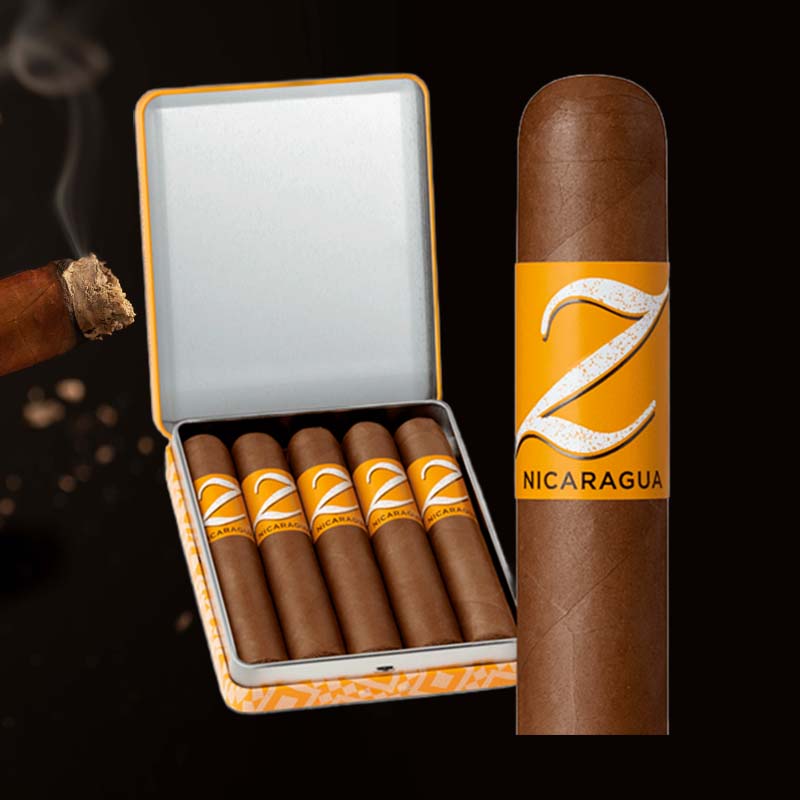How to add butane to torch lighter
Every time I reach for my trusty torch lighter, I can’t help but feel a sense of excitement. There’s something special about that moment when I ignite the flame to light a cigar or create a gourmet meal with precision. However, the last thing I want is to be left in the lurch with an empty lighter. Knowing how to add butane to my torch lighter has become a crucial skill in my journey as a cigar aficionado and cooking enthusiast. In this article, I’ll walk you through the entire process, ensuring that you can keep your lighter filled and ready for action.
Things You Should Know
Understanding Butane Lighters
Butane lighters are an efficient and reliable way to generate a flame. They utilize butane gas—found in a pressurized container—and are often favored for their ability to produce a strong, concentrated flame. This makes them perfect for lighting cigars or culinary applications like melting cheese or caramelizing sugar. However, understanding the anatomy of your lighter and how butane functions within it is essential for proper maintenance. When I first started using my torch lighter, it took a bit of trial and error to master the refilling process.
Tools You Need to Refill Your Butane Lighter
Essential Equipment
To begin refilling your lighter, you’ll need to gather a few essential tools:
- High-quality butane fuel
- A suitable torch lighter
- A flat, stable surface to work on
- Protective eyewear (optional but recommended)
- A small cloth for any spills
Having these tools ready ensures that the refilling process goes smoothly. Trust me, it can be frustrating to realize mid-refill that you’re missing something!
Safety Considerations
Precautions While Refilling
Safety should always be a priority when working with flammable materials like butane. Here are some precautions I consistently take:
- Always work in a well-ventilated area.
- Keep the lighter away from heat sources and flames.
- Avoid inhaling butane fumes.
- Wear protective eyewear if you’re concerned about potential spills.
- Be cautious of static electricity; avoid wearing synthetic fabrics.
Steps to Add Butane to Your Torch Lighter
1. Prepare Your Work Area
Find a clean table where you can comfortably and safely work. I like to lay down a small cloth to catch any excess butane that might escape during the refill. It sets a nice, organized mood!
2. Allow the Lighter to Cool
If you’ve recently used the lighter, give it time to cool down. This avoids the risk of burns and ensures a safe refilling process. I usually wait at least 15 minutes after using my lighter.
3. Adjust the Flame Setting
Before refilling, locate the flame adjustment dial—often found at the base of the lighter—and turn it to the lowest setting. This reduces the pressure when adding butane.
4. Purge the Lighter
To purge the old gas, press the refill valve with a small tool (a thin screwdriver works wonderfully). Be cautious; it can be a bit messy. I like to do this in short bursts to prevent excessive gas from escaping.
5. Refill with Premium Butane
Now it’s time to refill! Hold the canister upside down and press it firmly into the refill valve on your lighter. Fill until you see butane escape slightly—this indicates it’s full. I always take a moment to admire the new life in my lighter!
6. Allow the Lighter to Rest
Once filled, let the lighter sit for a minute or two to allow the gas to stabilize. It’s a good time to clean your workspace or just enjoy the satisfaction of a job well done!
7. Test the Flame
Finally, turn the flame setting back up and ignite the lighter. I always feel a thrill at this point, knowing I can now enjoy smoking my cigar or using my kitchen torch without a hitch!
Butane Lighter Troubleshooting Tips
Common Issues and Solutions
If your lighter won’t ignite or the flame is inconsistent, don’t worry; these issues are usually fixable. I recommend checking for any leftover gas, ensuring the lighter is purged again, or ensuring you’re using high-quality butane. Sometimes, all it takes is a quick repeat of the refilling process… which is a great excuse to enjoy more time with your trusty lighter!
Expert Q&A
Commonly Asked Questions
How do you put butane in a torch lighter?
To add butane, cool the lighter, purge any old gas, adjust the flame setting, and then fill with butane. Finally, let the lighter rest before testing the flame.
Do torch lighters take butane or lighter fluid?
Turth be told, torch lighters exclusively use butane. Lighter fluid is used in traditional lighters and should not be mixed in.
How do you add butane to a kitchen torch?
Adding butane to a kitchen torch is similar; follow similar steps as with a lighter: cool it down, purge it, and fill with butane.
How to burp a torch lighter?
To burp your torch lighter, simply press the refill valve lightly to release any excess gas before adding new butane. This helps avoid pressure issues!
Video Tutorial
Step-by-Step Guide to Refilling
If you’re a visual learner like me, I highly recommend searching for “butane lighter refill tutorial” on YouTube. Watching someone refilling helps to reinforce my understanding of each step.
Additional Tips for Maintaining Your Torch Lighter
Best Practices for Longevity
To keep my lighter in top shape, I regularly clean it, store it away from extreme temperatures, and always use quality butane. These practices make all the difference!
What to Do if Your Torch Lighter Isn’t Working
Diagnosing and Resolving Issues
If your lighter is acting up, check for any blockages in the nozzle or a malfunctioning ignition mechanism. Sometimes, simply purging and refilling does the trick!
Resources and References
Helpful Links
For more in-depth information, I recommend checking sites dedicated to cigar enthusiasts or butane lighter manufacturers. They often share guides and insights that elevate your torch experience.
Join Our Email List and Save
Exclusive Discounts and Offers
Sign up for our newsletter today to receive exclusive discounts on butane and related accessories! Trust me, it’s worth it to save on your favorite products.















